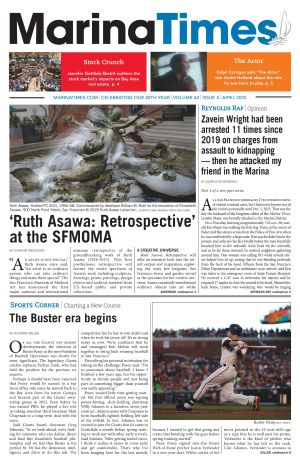Whatever the medium, there is the difficulty, challenge, fascination and often-productive clumsiness of learning a new method: the wonderful puzzles and problems of translating with new materials.
– Helen Frankenthaler
Helen Frankenthaler, an award-winning American painter, died at the age of 83 on Dec. 27, 2011. Many regarded her as the country’s most prominent female artist. From the early 1950s until her death, she produced an enormous and vital body of work.
After finding inspiration at a Jackson Pollock exhibition, Frankenthaler forged her own style of Post-Abstract Expressionism, which became known as Color Field painting. She experimented with large canvases stained with thin washes of oil paint, producing watercolor-like floating shapes of rich pigment.
Born in New York City, Frankenthaler’s parents nurtured and supported her creative instincts and painting studies, enrolling her at age 15 in the Dalton School, where she studied under artist Rufino Tamayo. Frankenthaler met art and literary critic Clement Greenberg, resulting in her inclusion in the 1964 exhibition, Post-Painterly Abstraction, solidifying her place among the color field painters and in the New York art world.
The sweetly hued biomorphic shapes in her paintings were considered by many to be completely abstract, but Frankenthaler’s spontaneous methodology of pouring paint directly on the canvas was not without meaning. The imagery was often based on nature, in particular landscapes surrounding her Connecticut home.
In her later years she continued her painting while also exploring other media like clay, welded steel sculptures, book illustration, and stage design.
Frankenthaler’s large-scale canvases, sometimes as high as 10 feet, were covered with oil paint thinned by turpentine to create the impromptu stained shapes she was known for. This soak stain creates a halo effect around the color area. Oil saturation ultimately results in the fading of color over time and the erosion of the painting. Like Tibetan sand paintings meticulously constructed and then allowed to be blown away by the wind, the paintings impart the temporary nature of existence, a meditation on impermanence and the unplanned, an instinct that Frankenthaler describes as “… one really beautiful wrist motion, that is synchronized with your head and heart, and you have it. It looks as if it were born in a minute.”




